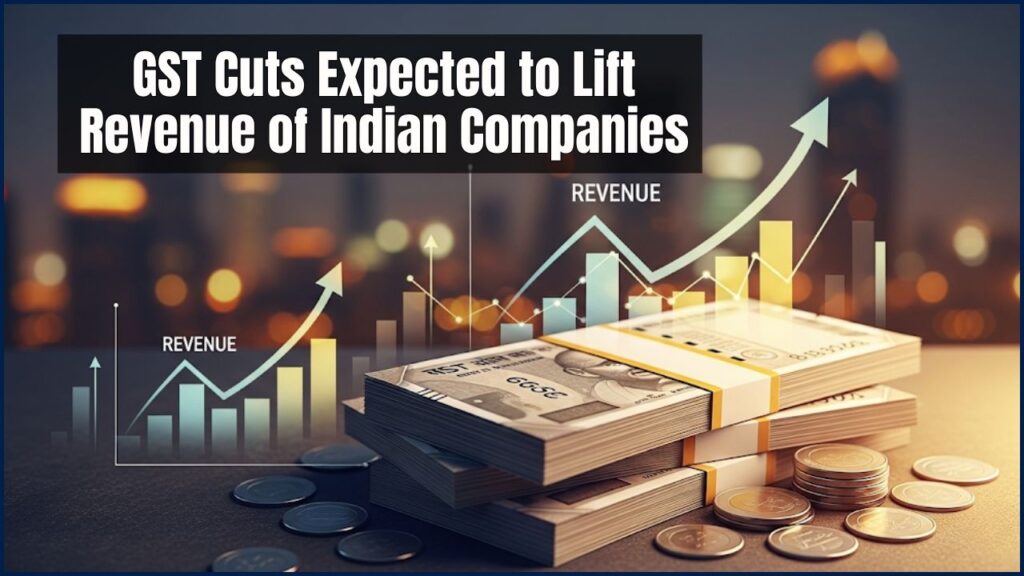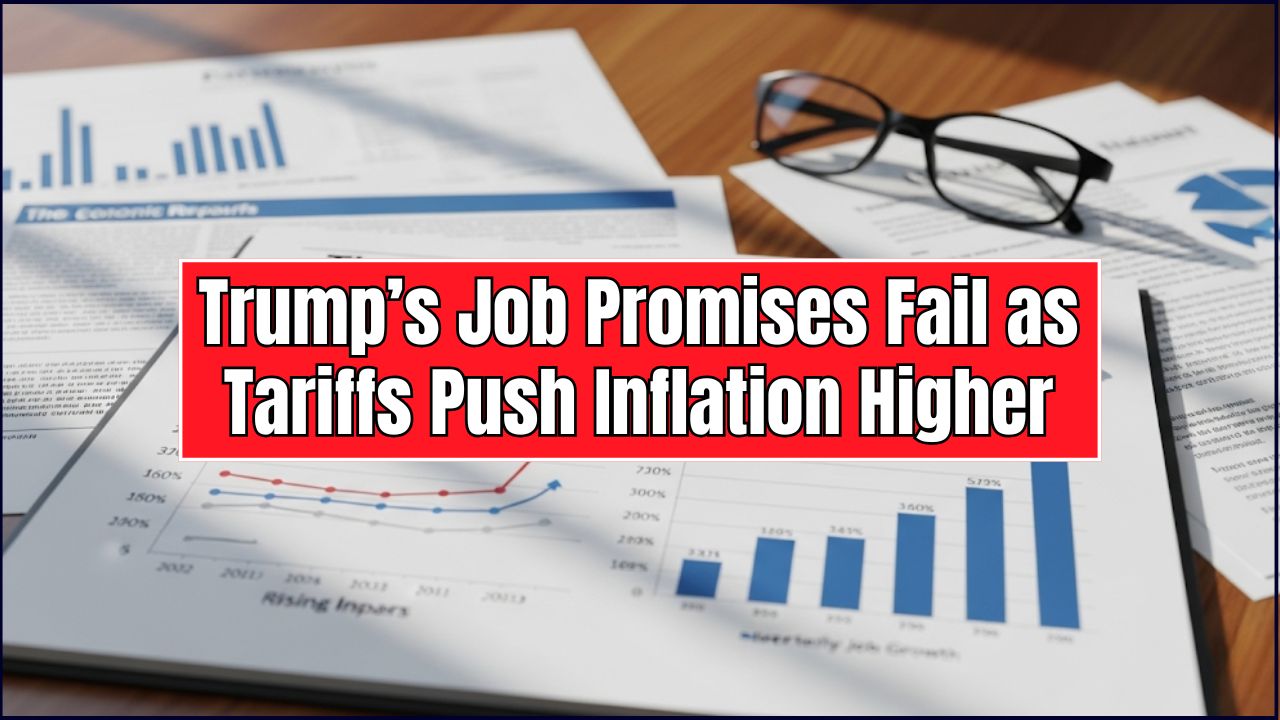
The GST cuts approved by India’s Goods and Services Tax (GST) Council will take effect on 22 September 2025, simplifying tax slabs and reducing rates on essential goods, vehicles, and electronics. Analysts expect the reform to raise corporate revenues by up to 7% this year, driven by stronger consumer demand.
The Landmark GST Overhaul
India’s GST system will be reduced from four tax tiers to two: 5% and 18%, while luxury and sin goods will continue to be taxed at 40%, according to the Ministry of Finance. This restructuring is designed to ease compliance, lower consumer prices, and stimulate household consumption.
However, the government acknowledges possible revenue losses ranging from ₹48,000 crore to ₹93,000 crore, according to an official press briefing. Independent economists warn that the short-term impact on state finances could be higher.
Key Beneficiaries Across Sectors
FMCG and Consumer Goods
Household products such as soap, toothpaste, and packaged foods will shift into the 5% bracket. Executives from Hindustan Unilever and Nestlé described the reform as a “game-changer” that will reduce costs for millions of families. According to Crisil Intelligence, the move is expected to lift sales volumes by 10% during the upcoming festive season.
Automobiles and Electric Vehicles
The automobile sector is expected to be one of the largest winners. Taxes on small cars, two-wheelers, and auto components will fall to 18%. Electric vehicles will remain at 5%, maintaining a strong incentive for adoption. Mahindra & Mahindra shares rose 8% in immediate market reaction, while Maruti Suzuki’s target price was raised by 17% by ICICI Securities.
Insurance and Financial Services
The Council has also removed GST from individual life and health insurance policies. According to the Insurance Regulatory and Development Authority of India (IRDAI), this could reduce premiums by up to 18%, increasing policy adoption among middle-class households. Financial analysts predict a ripple effect for banks and non-banking finance companies (NBFCs) through increased consumer borrowing.
Consumer Durables and Q-Commerce
Electronics such as televisions, air conditioners, and dishwashers will move from the 28% to the 18% tax slab. This is expected to trigger a surge in demand for appliances, especially in urban markets. Food delivery and quick-commerce firms are also projected to benefit, as reduced household expenses may free more income for discretionary spending.
Forecast for Corporate Revenue
Crisil Intelligence estimates that corporate revenues could rise by 6–7% in the current financial year. The agency attributes this to stronger household demand during the festive and wedding season, combined with planned production increases of up to 25% in consumer durables and automobiles.
“The GST overhaul will act as a stimulus for both demand and supply,” said Sanjiv Bajaj, Chairman of Bajaj Finserv. “It provides a tailwind for growth in the coming quarters.”
Concerns Over Fiscal Balance
Despite optimism in industry circles, state governments have expressed concern over revenue losses. Kerala’s Finance Minister said states may require additional compensation to manage fiscal pressures during the transition. Economists at Kotak Mahindra Bank argue that medium-term growth in consumption and production could eventually offset the initial shortfall.
Conclusion
The GST cuts mark the most significant reform since the tax’s introduction in 2017. While uncertainties remain regarding revenue losses for the government, the consensus among industry leaders and analysts is that India’s corporate sector will benefit substantially. For consumers, the reform promises lower prices and increased purchasing power.
















